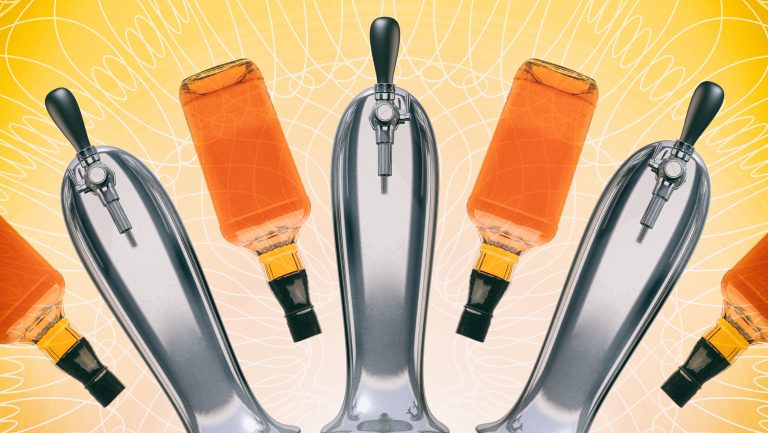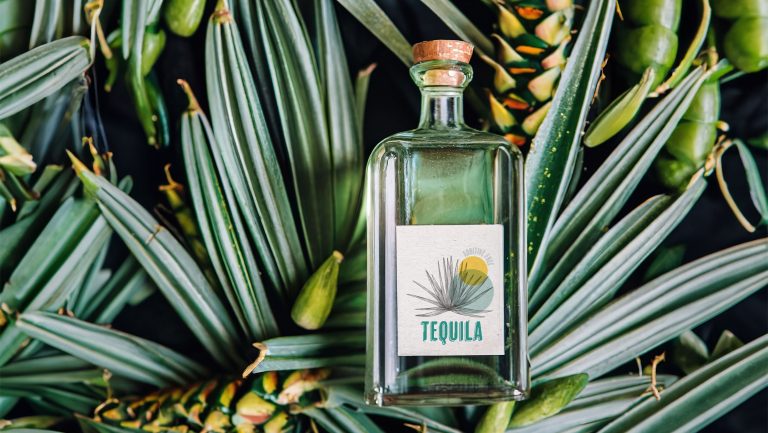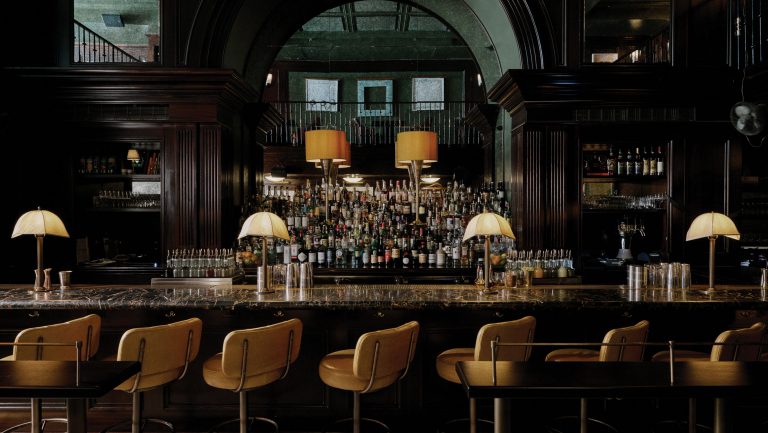It may seem like a bit of a gimmick when a bartender pours a shot or a cocktail from a tap, but bar owners who do offer distilled beverages on draft insist that there are operational benefits beyond mere theater. Spirits lines probably won’t ever outnumber those for beer, but even one or two behind the bar can enhance efficiency and boost promotions.
A commonly used dispensing system among craft cocktail bars isn’t that much of a departure from a draft beer system, sans carbonation. Many opt for the five-gallon cornelius keg (a.k.a. corny keg) popular among home brewers. The bar staff themselves fill the kegs with about 14 750-milliliter bottles’ worth of a given spirit.
That’s the standard operating procedure at Baltimore’s Bookmakers Cocktail Club.

Don’t miss the latest drinks industry news and insights. Sign up for our award-winning newsletters and get insider intel, resources, and trends delivered to your inbox every week.
Beverage director Ryan Sparks says the two taps designated for spirits (in addition to four beer lines) at his bar pay dividends from both a logistical and a marketing standpoint. One tap dispenses a rotating selection of batch-able cocktails, which is a significant time-saver for high-volume items, especially at peak bar times.
“It gives us an advantage when there’s a special event,” says Sparks. “Maker’s Mark came in as part of a bar crawl for 110 people, and we put a Maker’s Mark Old Fashioned on tap. It helped with efficiency.”
Bookmakers’ other tap is dedicated to a single spirit: Chartreuse, the French herbal liqueur that’s been made by Carthusian monks since the 18th century. The Chartreuse brand ambassador obtained the monastery’s approval on the bar’s behalf before Bookmakers connected the tap. Sparks notes that his establishment is one of the top Chartreuse accounts in Maryland and one of the top 100 in the country. The draft version is a blend of the 110-proof green variety and the sweeter, 80-proof yellow offering.
The bar’s menu features a bit of Chartreuse’s history and notes how rare it is to find it on tap. It’s not only for fans, though; consumers unfamiliar with Chartreuse are intrigued and prompted to try it when they might otherwise have overlooked it.
It seems that Bookmakers was onto something. Another mid-Atlantic bar and restaurant, The Passenger in Washington, D.C., has dedicated not one but two lines to Chartreuse (one for green, and one for yellow).
“A lot of industry people come to the bar and do shots of Chartreuse, and the tap makes it easy,” says general manager Jade Aldrighette. At its former location—The Passenger reopened at a new site last summer after closing its previous one in late 2014—the bar’s tap poured Fernet-Branca, another favorite among bar and food service personnel.
A third line at the current location pours D.C. distillery Cotton & Reed’s Dry Spiced Rum. It’s a hometown alternative to big brands like Sailor Jerry and Captain Morgan. “It’s something different and allows us to support a local distillery,” Aldrighette says. “I think it gives the brand a push. We feature beer-and-shot combos, and people can get a tallboy and a shot of rum for $9.”
Chicago’s gin-focused cocktail bar Scofflaw also goes local (sort of) with its single-spirit tap, but it doesn’t pour the juniper-forward tipple one might expect. Instead, the mixology hotspot taps the notoriously bitter wormwood liqueur Jeppson’s Malört, whose cult doesn’t extend much beyond the Windy City (even though it’s now contract-distilled in Florida).
Scofflaw serves up the equivalent of a case of Malört every week. “People are drinking it mostly straight at $3 a shot,” according to Danny Shapiro, co-owner of the Scofflaw Group. “It’s liquid camaraderie.”
He points to the custom wooden Malört bottle tap handle as an effective point-of-sale marketing tool. “People see it and say, ‘You guys have Malört on tap? I have to try it,’” Shapiro says. “There’s a certain curiosity that gets piqued.”

Dispatch
Sign up for our award-winning newsletter
Don’t miss the latest drinks industry news and insights—delivered to your inbox every week.
Jeff Cioletti is a former editor in chief of Beverage World magazine and the author of the books The Drinkable Globe, The Year of Drinking Adventurously, Beer FAQ, and the upcoming Sakepedia. He’s a Certified International Kikisake-shi (sake sommelier).








